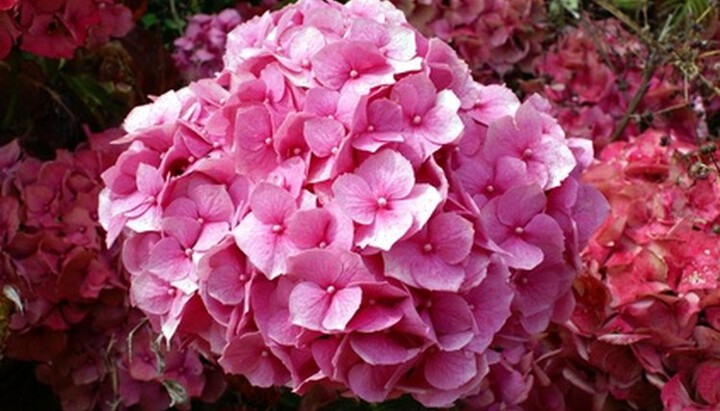
Hydrangeas are a beautiful plant that, for the most part when left alone, will bloom and display large, richly colored flowers year after year. Because of their ease of care, many gardeners tend to neglect their hydrangeas believing the plant doesn’t “need” to be trimmed. While it’s true that hydrangeas don’t take a lot of work, a good annual pruning in the spring to cut back hydrangeas doesn’t hurt and will ensure large, lush blooms for the year to come.
Look over the hydrangea from ground level to make note of new, flexible and smooth stems and look for old, woody and rough stems. Dead stems can be cut away with pruners as close to the ground as you can cut them.
Cut away a third of the older stems at the base as well, but be sure to leave a fair amount--two-thirds--behind as well for blooms to flower on. Repeat this step only every three to five years.
Clip off old, dry blooms from the tips of the branches by cutting just above the last set of buds on the branches with dead blooms. A clean diagonal cut above the last set of buds will take some stem away with the blooms, but the new end of the stem will now be a productive one.
Prune other branches with a diagonal cut above the last or second to last set of buds on a stem, if you need to control the size or shape of the plant.
Trim off any damaged, malformed or low-lying branches from the hydrangea by tracing the stem back to where it is healthy, shapelier or more upright, and clip above a set of buds. If the stem leads back to the ground without finding a reasonable place to clip it, then cut it off at ground level, and remove it entirely.